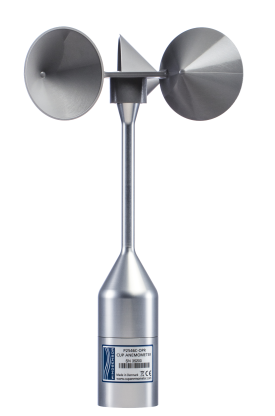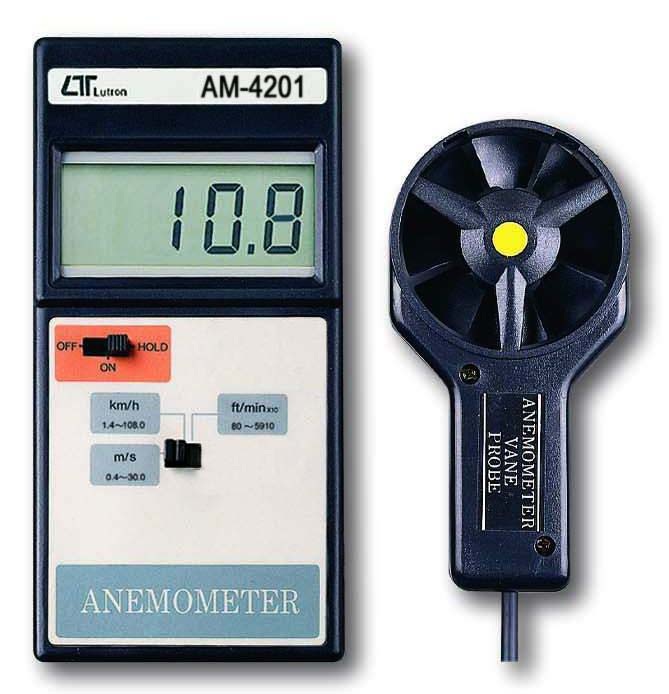Anemometers Introduced: Understanding Their Importance in Ecological Surveillance and Precaution
The function of anemometers in ecological monitoring and security measures is commonly underestimated, yet their relevance is undeniable. These tools have a long history rooted in scientific query and technical advancements, developing to end up being essential devices in numerous fields. From weather forecasting to air travel safety and security, anemometers play an essential role in offering accurate data that notifies decision-making processes and improves total safety and security. Comprehending the complexities of anemometers reveals a world of crucial understandings that are basic to our understanding of the atmosphere and the actions we take to make sure safety.
Background of Anemometers
The evolution of anemometers can be mapped back to the ancient worlds where primary wind measuring tools were first utilized. These very early wind measurement tools laid the structure for the growth of extra advanced anemometers in time. Among the earliest recognized anemometers was the hemispherical cup anemometer created by Leon Battista Alberti in the 15th century. This style included 4 hemispherical mugs that accumulated wind energy, giving a dimension of its strength based upon the speed of turning.
In the 18th century, the popular scientist John Thomas Romney Robinson presented the Robinson anemometer, which included 4 hemispherical cups placed on horizontal arms that prolonged from a main axis. This style came to be a criterion in atmospheric dimensions because of its precision and dependability. For many years, improvements in innovation brought about the growth of more modern anemometers, including ultrasonic anemometers and laser Doppler anemometers, supplying increased precision and efficiency in determining wind rate and direction. The history of anemometers showcases a remarkable trip of advancement and progression in the field of weather forecasting.
Types of Anemometers
Throughout the field of meteorology, different kinds of anemometers have actually been developed to precisely measure wind speed and instructions. Sonic anemometers utilize ultrasonic signals to determine wind rate and direction properly. Hot-wire anemometers run based on the concept that the cooling effect of wind on a heated cord is proportional to the wind rate.
Applications in Meteorology
Having gone over the numerous kinds of anemometers made use of in meteorology for measuring wind speed and instructions, it is important to explore their functional applications in the field. Anemometers play an essential role in weather forecasting by giving real-time and accurate data on wind conditions (anemometer). Meteorologists use anemometers to keep track of wind rate and direction to anticipate weather patterns, problem warnings for extreme weather events like tornados, typhoons, and twisters, and examine weather for air travel safety
In weather forecasting, anemometers assist in comprehending local and local wind patterns, which are important for forecasting climate adjustments and determining weather patterns. These devices are additionally made use of in study to examine microclimates, city heat islands, and air pollution dispersion. Additionally, anemometers are used in farming to maximize crop administration practices, such as irrigation and pesticide application, based upon wind conditions.
Significance in Aeronautics Security
An indispensable element of guaranteeing aeronautics security exists in the thorough monitoring of wind conditions making use of anemometers. Anemometers play a crucial function in air travel by providing real-time data on wind rate and instructions, aiding pilots in making notified decisions throughout take-off, flight, and landing. Solid and uncertain winds can considerably impact aircraft operations, making it vital for air travel authorities to count on accurate wind measurements to guarantee the safety of guests and staff.

In the dynamic environment of aviation, where even minor changes in wind rate and instructions can have extensive effects, anemometers stand as essential tools for advertising secure and safe and secure air travel.
Role in Environmental Research
How do anemometers contribute to improvements in ecological research? Anemometers play an essential function in ecological research by supplying essential data on wind rate and instructions. This information is important for understanding different climatic procedures, such as air pollution dispersion, climate patterns, and climate adjustment. By precisely gauging wind features, anemometers aid researchers assess the activity of pollutants airborne, evaluate the influence of industrial exhausts, and predict the spread of contaminants in the atmosphere.


Conclusion
In verdict, anemometers have actually played a critical role in environmental monitoring and security steps. Comprehending the value of anemometers is necessary for precisely gauging wind speed and instructions, which is important for predicting weather condition patterns, guaranteeing secure air travel procedures, and carrying out ecological research studies.
One of the earliest well-known anemometers was the hemispherical mug anemometer created by Leon Battista Alberti in the 15th century. Over the years, advancements in modern technology led to the advancement of more modern anemometers, consisting of ultrasonic anemometers and laser Doppler anemometers, offering increased precision and effectiveness in gauging wind rate and instructions. Hot-wire anemometers run based on the principle that the cooling impact of wind on a warmed cable is symmetrical to the wind rate. Meteorologists use anemometers to check wind speed and instructions to anticipate great site climate patterns, concern cautions for severe climate occasions like storms, storms, and hurricanes, and examine atmospheric problems for aviation security.
Understanding the importance of anemometers is necessary for accurately determining wind speed and instructions, which is vital for anticipating climate patterns, making sure secure air travel procedures, and carrying out environmental studies. (anemometer)